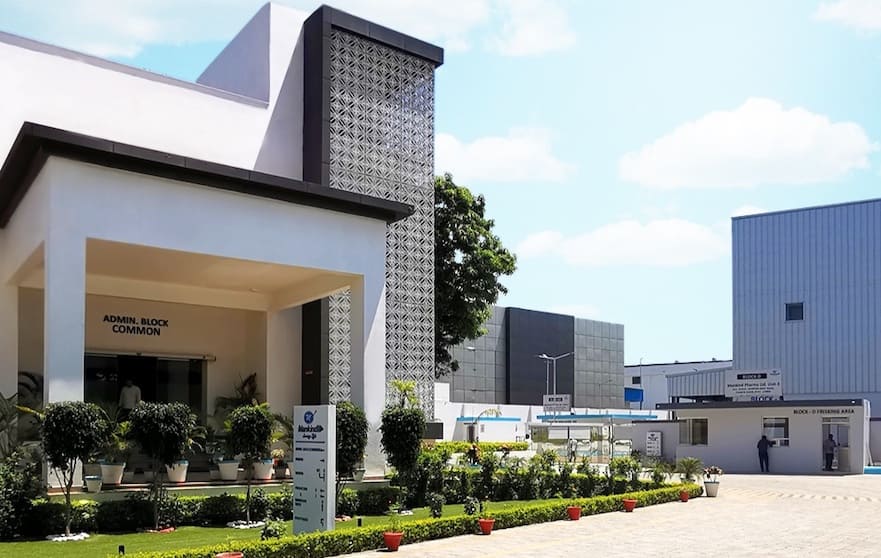ESG in Clinical Research
Reading time - 5 min.
Related Articles
सांभर फेस्टिवल 2025 का भव्य शुभारंभ राजस्थान की संस्कृति, रोमांच और पर्यटन का उत्सव
राजस्थान की ऐतिहासिक और प्राकृतिक धरोहर सांभर एक बार फिर वैश्विक पर्यटन मानचित्र पर चमक रही है। 27 दिसंबर से 31 दिसंबर तक आयोजित...
Forget Pakistan — Bangladesh Is Where India Is Actually Losing the Great Game
When Sheikh Hasina's plane lifted off from Dhaka in August 2024, it wasn't just the departure of a prime minister—it marked the potential unraveling...
How Seniors in India are Losing Traditional Micro-Communities
Across India, an unseen re-wiring of daily life is quietly shrinking the social worlds of older adults. Numerous national surveys now show that loneliness...



 Sanjay Vyas joined Parexel’s Clinical Trial Supplies and Logistics (CTS&L) team in 2016 and leads the operational management for the organization’s global distribution centers and depots. Sanjay manages an international team with over 6,000 employees, located primarily in the Asia-Pacific region. Sanjay is a multifaceted leader with nearly 25 years of experience in global logistics supply chain management within the healthcare and clinical research sector. He brings expertise in the development and implementation of brand marketing and product positioning strategies for biopharmaceutical companies.
Sanjay Vyas joined Parexel’s Clinical Trial Supplies and Logistics (CTS&L) team in 2016 and leads the operational management for the organization’s global distribution centers and depots. Sanjay manages an international team with over 6,000 employees, located primarily in the Asia-Pacific region. Sanjay is a multifaceted leader with nearly 25 years of experience in global logistics supply chain management within the healthcare and clinical research sector. He brings expertise in the development and implementation of brand marketing and product positioning strategies for biopharmaceutical companies. Annappa is the Executive Director, Project Leadership and CSR Lead at Parexel India. With over 17 years of experience in the clinical research industry including Client and portfolio management, Clinical Operations, and Project Management, Annappa has a successful track record in numerous roles that span pre-phase I, phase I, II, III, and commercial drug development activities, along with leading key CSR initiatives for the company.
Annappa is the Executive Director, Project Leadership and CSR Lead at Parexel India. With over 17 years of experience in the clinical research industry including Client and portfolio management, Clinical Operations, and Project Management, Annappa has a successful track record in numerous roles that span pre-phase I, phase I, II, III, and commercial drug development activities, along with leading key CSR initiatives for the company.